How to Prepare for Moving Day with a Professional Removalist Service
Moving home can be a stressful experience, even with the help of professional removalists. Booking a reliable and experienced removal service like Hard & Fast Removals is the first step towards a successful move. Still, other important steps must be taken before your moving day arrives to ensure it goes as smoothly as possible.
In this article, we’ll look at what you must do to prepare for moving day and make the most of your hard-earned money with Hard & Fast Removals.
Create a Moving Day Plan
Creating a moving day plan can help ensure everything goes smoothly on the day of your move and that you are prepared for specific circumstances as well as unforeseen ones.
Moving Day Plan:
Weeks Before the Move:
- Create a moving checklist: Make a comprehensive list of all the tasks that need to be completed before and on the moving day.
- Notify relevant parties: Inform your landlord, utility companies, and any other necessary parties about your move to a new house and schedule the disconnection or transfer of services.
- If applicable, research and hire a reputable moving company or plan for a DIY house move.
- Start decluttering: Begin sorting through your belongings and decide what to keep, donate, sell, or discard.


Two Weeks Before the Move:
- Start packing non-essential and unnecessary items: Start packing items you won’t need leading up to the move. Label boxes clearly with their contents and the rooms they belong to so they don’t get mixed up with moving day things.
- Collect essential documents: Gather important documents such as passports and medical and financial records and store them securely as part of your moving plans.
- Arrange for a babysitter or caregiver for your pets on moving day if necessary.
- Confirm your moving day plans with the chosen moving company or helpers.
One Week Before the Move:
- Pack essential items: Start packing items you’ll need immediately after the move separately. This may include toiletries, a change of clothes, important documents, front door keys, and basic kitchen supplies, for example.
- Confirm the logistics: Contact your moving company to confirm the date, time, and specific instructions.
- Notify friends, family, and businesses of your change of address.


Two Days Before the Move:
- Defrost and clean the refrigerator and pack away freezer contents.
- Finish packing: Pack the remaining items, ensuring all boxes are sealed and labelled.
- Prepare appliances and furniture for the move: Disassemble any furniture or appliances that must be taken apart for transportation. Keep all screws and small parts organised and labelled. Kep allen keys ready just in case.
- Pack a first aid kit and necessary medications.
Moving Day:
- Wake up early and have a healthy breakfast to start the day.
- Check the weather forecast and dress appropriately.
- Conduct a final walkthrough: Double-check each room, cabinet, and storage space to ensure nothing is left behind.
- Ensure all utilities are turned off, windows are closed, and doors are locked.
- Check fridge and freezer contents to make sure they have been emptied.
- Communicate with the moving company or helpers regarding logistics and any special handling instructions.
- Stay present during the loading and unloading to supervise and answer any questions.
- Clean the old residence: Tidy up your old house after loading everything onto the moving truck.
- Settle into your new home: Direct the movers or helpers to place boxes and furniture in the fitting rooms.
- Conduct a thorough inspection of your new home, checking for any damages or issues that must be addressed and communicate these with your real estate agent.
- Unpack essentials: Unpack the essential items you pack separately, ensuring that you have immediate access to necessities.


After the Move:
- Start unpacking and organising: First, start unpacking room by room, focusing on the essential areas.
- Update your address: Notify banks, insurance providers, government agencies, and other relevant parties of your new address.
- Dispose of packing materials: Properly dispose of or recycle packing materials to declutter your new space.
- Take some time to relax and celebrate your successful move!
Remember to personalise this moving day plan based on your needs and timeline. Flexibility is key; adapting the plan as necessary will help ensure a smooth and stress-free moving experience.
Organise Your Packing Materials
Organising your packaging materials is essential to ensure an efficient and hassle-free packing process. You can easily access your supplies when needed and maintain a streamlined packing workflow by keeping your supplies organised. Here are some tips to help you organise your packing materials or make them accessible to the professional packers and when movers arrive.
Gather Your Supplies:
- Collect all the packaging materials you’ll need for your move, including boxes, tape, bubble wrap, packing paper, markers, labels, and scissors.
- Purchase or acquire these supplies in advance to avoid last-minute scrambling.
Designate a Packing Area:
- Set up a dedicated space in your home for packing. It can be a room, a corner, or a large table where you can spread your materials.
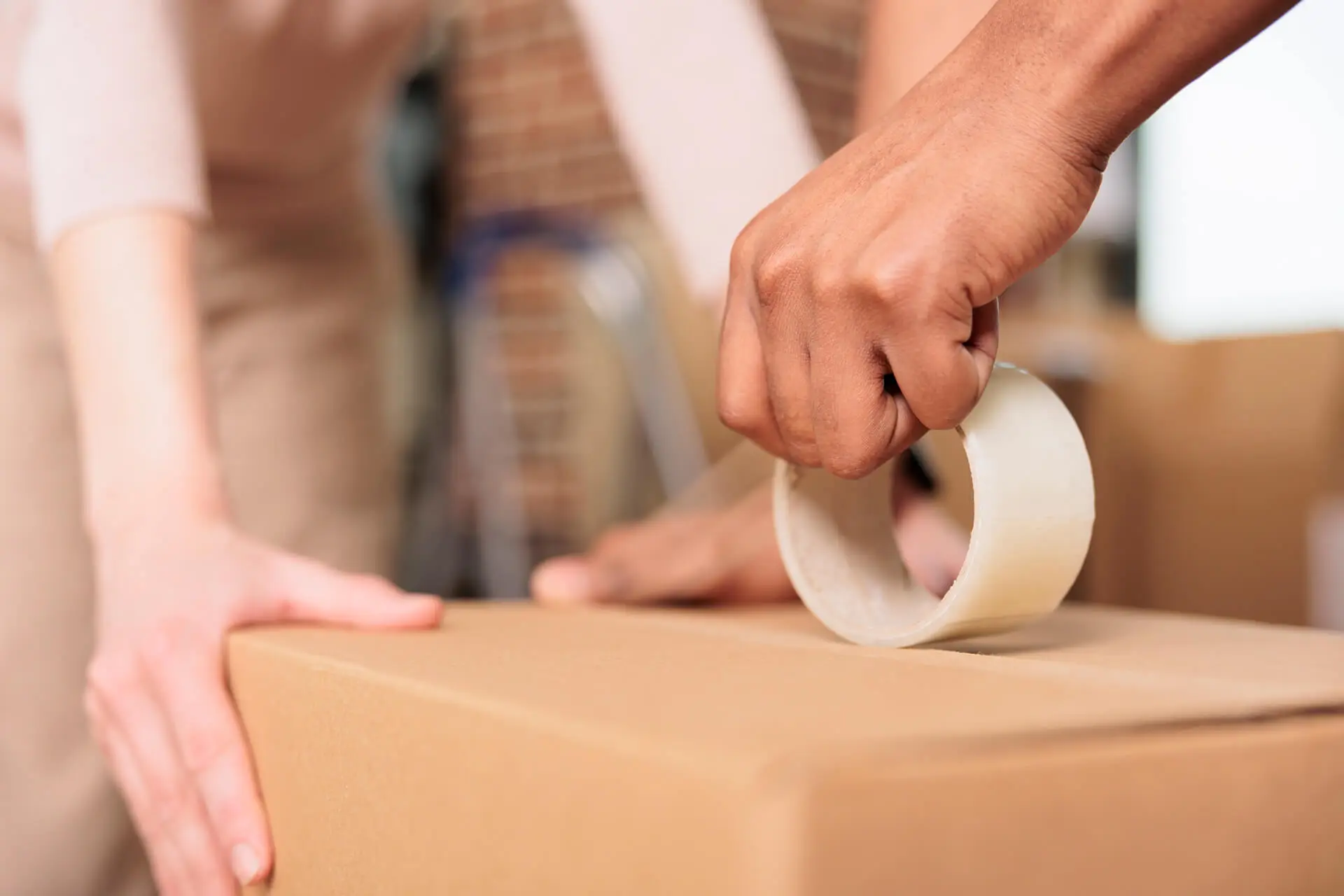
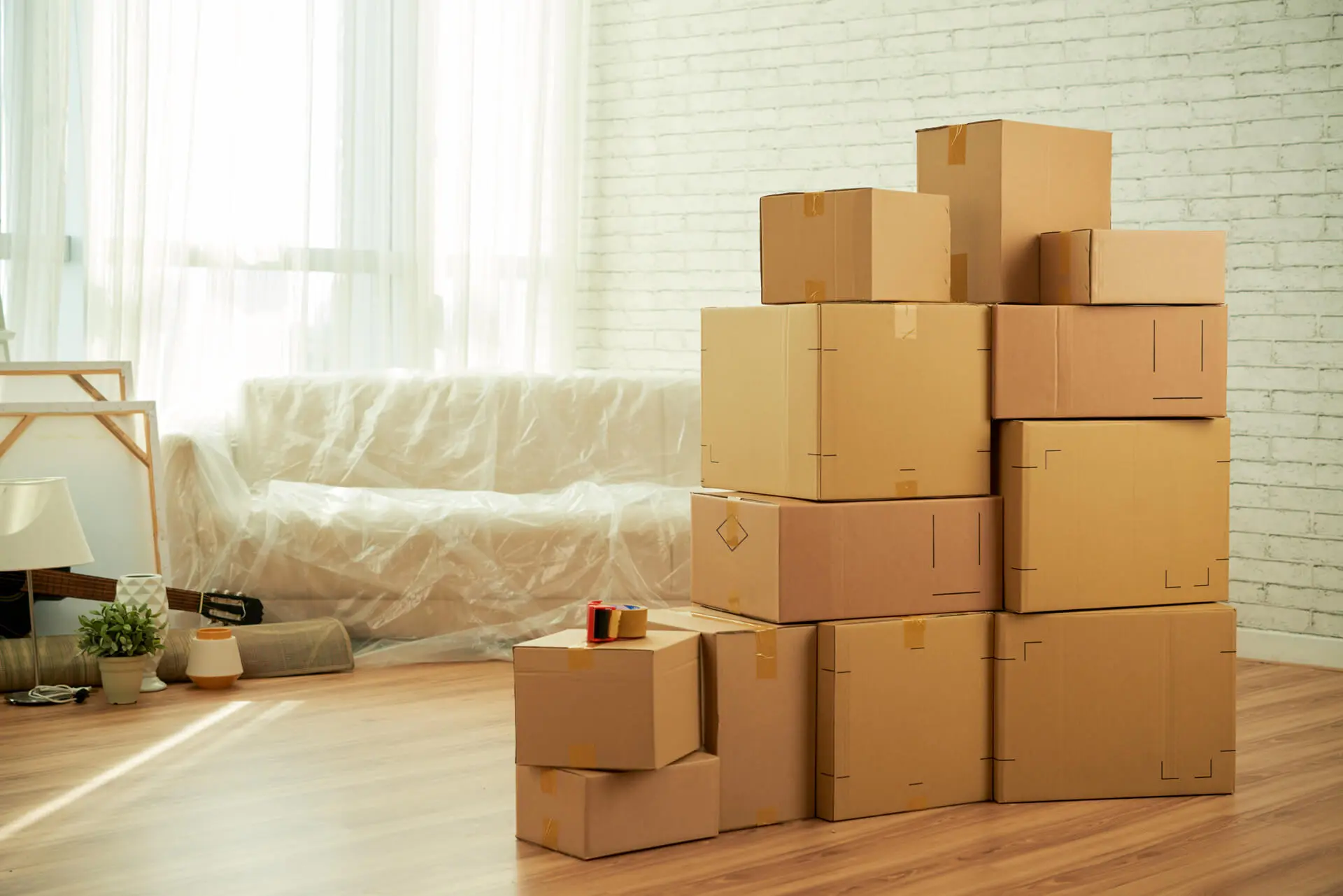
Sort and Categorise:
- Categorise your packaging materials by type. Keep similar items together to make them easily accessible during the packing process.
- Group boxes of different sizes separately, stack them if possible, and label them according to their dimensions.
Utilise Storage Solutions:
- Use storage bins, baskets, or shelves to keep your packaging materials organised and easily accessible.
- Consider investing in plastic bins with lids to store smaller items like tape, markers, and labels. This will keep them protected and prevent them from getting lost or damaged.
Label and Identify:
- Clearly label each box or container that holds your packaging materials. Use descriptive labels, such as “Bubble Wrap,” “Tape,” or “Packing Paper,” to quickly identify what’s inside.
- Use colour-coded labels or markers to differentiate between different types of packaging materials or to indicate priority items.
Arrange by Priority:
- If you have different types of packaging materials that will be used at different stages of your move, organise them based on priority.
- Place essential items or materials you’ll need first in a readily accessible location, such as near the entrance of your packing area.


Maintain Inventory:
- Keep track of your packaging materials inventory. Regularly check the quantity of boxes, tape, and other supplies to ensure you have enough for your packing needs.
- Please make a list or use a spreadsheet to record the number of items you have on hand and replenish them as necessary.
Dispose of Excess Materials:
- As you use up packaging materials, discard or recycle empty boxes, damaged tape rolls, and any other items that are no longer usable.
- Keep your packaging area clutter-free by regularly decluttering and removing unnecessary packaging materials.
Following these tips, you can keep your packaging materials organised, readily available, and easy to access during your move. This will streamline the packing process and help you stay efficient and organised throughout your relocation.
Book a Professional Removal Service
Booking a professional removal service is crucial in ensuring a smooth and successful move. Here’s a step-by-step guide to help you book a professional removal service:
Research and Gather Recommendations:
- Start by researching reputable removal companies in your area. Look for companies with positive customer reviews and a track record of reliable service.
- Ask friends, family, or colleagues for recommendations based on their past experiences and get the contact details of these companies to make initial inquiries.

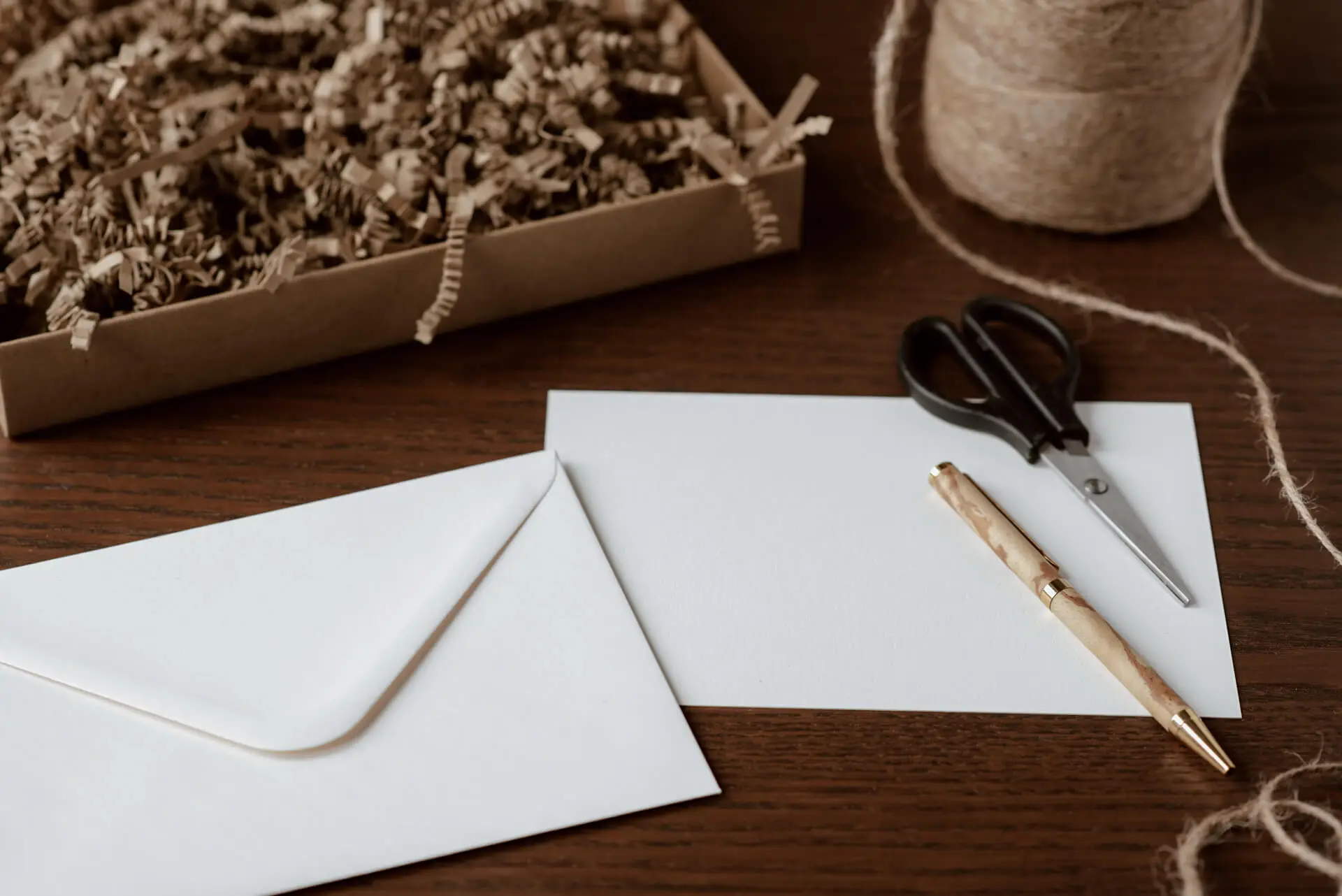
Obtain Multiple Quotes:
- Contact several removal companies to get quotes for your move. Provide them with accurate information about the size of your home, the distance of the move, and any additional services you may require.
- Be cautious of quotes from moving companies that seem significantly lower than others, as they may indicate subpar service or hidden fees.
Assess Services Offered:
- Review the range of services offered by each removal company. Some companies may provide full-service options, including packing, loading, transportation, unloading, and unpacking, while others may offer more basic services.
- Consider your specific needs and budget when evaluating the services provided.
Check Licensing and Insurance:
- Verify that the removal company is licensed and insured. This ensures that they meet legal requirements and provides protection in case of any damages or accidents during the move.
Arrange a Site Visit:
- Request a site visit from the removal company. This allows them to assess the volume of your belongings and any specific requirements, such as the need for specialised equipment or packing materials.
- During the site visit, ask questions and address any concerns regarding the move.
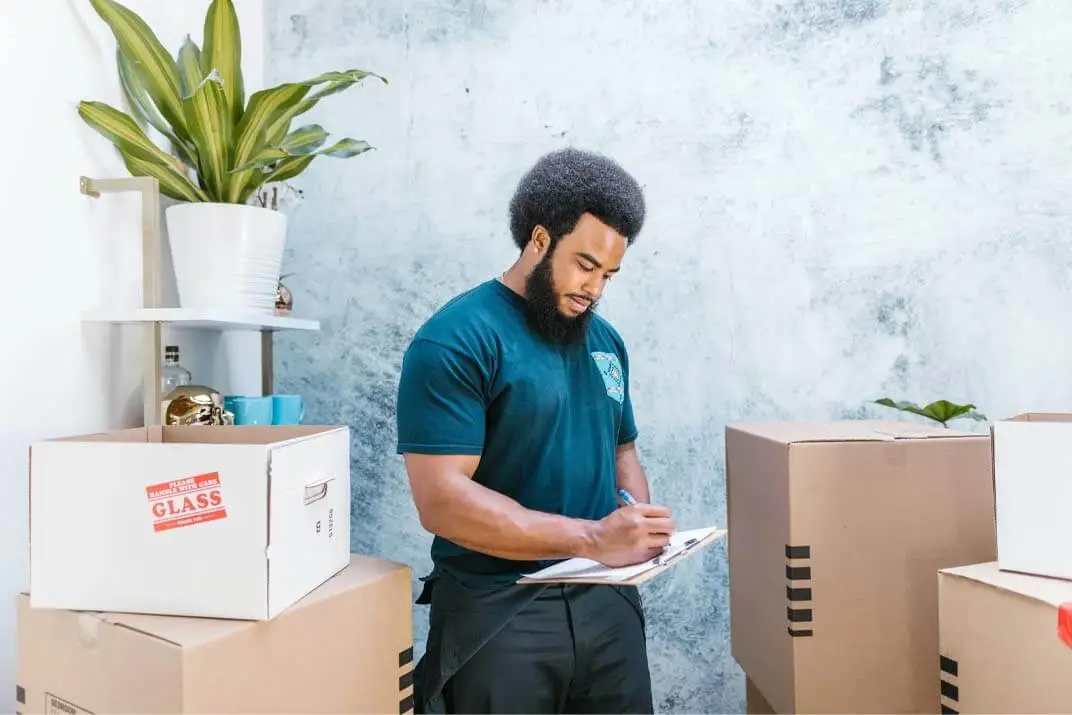

Discuss Dates and Availability:
- Confirm the availability of the removal company for your desired moving dates. Be prepared to provide alternative dates in case your first choice is unavailable.
- It’s advisable to book the removal service well in advance to secure your preferred dates, especially during peak moving seasons.
Review the Contract and Terms:
- Carefully review the contract provided by the removal company. Pay attention to pricing, cancellation policies, and additional charges or fees.
- Seek clarification on any unclear terms or conditions before signing the contract.
Make a Booking:
- Once you have selected a removal company, contact them to confirm your booking. Provide them with all necessary details, including your current address, new address, and specific instructions or requests.
- Ensure you receive written confirmation of your booking, including the agreed-upon dates and services.
Prepare for Moving House
- Communicate with the removal company before the move to finalise any remaining details.
- Follow any instructions provided by the removal company regarding packing, labelling, and preparing your belongings for the move.
By following these steps, you can confidently book a professional removal service, knowing that you have chosen a reputable company that will handle your move carefully and efficiently.


Prepare Your Utilities & Documents
Preparing your utilities and documents before a move is crucial to ensure a smooth transition to your new home. Here’s a step-by-step guide to help you prepare:
Notify Service Providers:
- Contact your utility service providers, such as electricity, gas, water, internet, and cable or satellite TV companies, to inform them about your upcoming move.
- Provide them with your move-out date and new address so they can schedule the disconnection of services at your current home and set up new services at your new home.
Arrange for Disconnection and Connection:
- Schedule the disconnection of utilities at your current home for the day after your move-out date to ensure you have access to essential services until then.
- Arrange for the connection of utilities at your new home before your move-in date, ideally a few days in advance, to avoid delays or disruptions.
Transfer or Cancel Services:
- If you’re staying with the same utility provider, inquire about transferring your existing services to your new address. Provide them with the necessary information and update your billing address accordingly.
- If you’re changing service providers, cancel your current services and set up new accounts with the providers serving your new area.


Set Up Mail Forwarding:
- Visit your local post office or visit your country’s official postal service website to set up mail forwarding.
- Fill out the necessary forms and provide your new address to ensure that any mail addressed to your old address is redirected to your new one.
Update Your Address:
- Notify important entities of your change of address, including Financial institutions: Banks, credit card companies, insurance providers, and investment firms.
- Government agencies: Update your address with the tax authorities, electoral office, and other relevant government agencies.
- Healthcare providers: Inform your doctors, dentists, and other healthcare professionals about your new address.
- Schools and educational institutions: If you have children, notify their schools or educational institutions of the address change.
- Subscription services: Update your address with any subscription services you receive, such as magazines, newspapers, or monthly box subscriptions.
Gather Important Documents:
- Collect and organise important documents such as identification cards, passports, birth certificates, marriage certificates, insurance policies, and financial records.
- Keep these documents in a secure and easily accessible place during the move to prevent them from being misplaced or lost.
Create a Moving Folder:
- Establish a dedicated moving folder to keep all your moving-related documents together.
- Include copies of contracts, agreements, inventory lists, contact information for service providers, and any other paperwork related to your move.
Update Emergency Contacts:
- Review your list of emergency contacts and update it with your new address and any new contact information.
Following these steps ensures a smooth transition to your utilities and documents during a move. Taking the time to prepare in advance will help minimise any disruption and ensure that you have essential services and important documents as you settle into your new home.
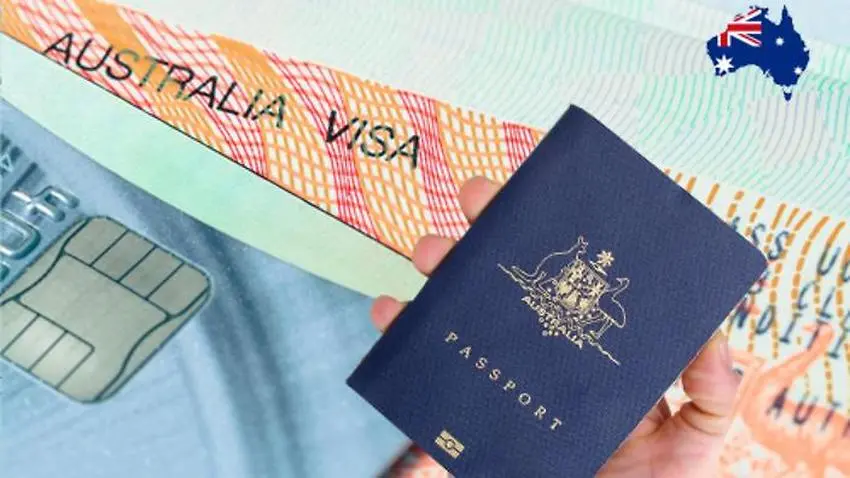

Conduct a Final Check
Conducting a final check before your move is essential to ensure that all necessary tasks are completed, and nothing is overlooked. It helps you verify everything is in order and reduces the chances of any last-minute surprises. Here’s a helpful checklist for your final check:
Confirm Moving Details:
- Double-check the date and time of your move with the removal company or moving truck rental service. Ensure that everyone involved is aware of the schedule.
Review Your Moving Plan:
- Go through your moving plan and checklist to ensure that all tasks have been completed. This includes packing, organising documents, preparing utilities, and notifying relevant parties.
Check Packing Progress:
- Assess the progress of your packing. Ensure all items are properly packed and labelled, especially those that are fragile and valuable. If anything is left unpacked, make arrangements to complete the packing before the move.
Verify Utilities and Services:
- Contact your utility providers to confirm that disconnections and connections are scheduled as planned. Ensure that services will be active in your new home by your move-in date.
Set Aside Essential Items:
- Set aside a box or bag with essential items you need immediately upon arrival at your new home. This may include toiletries, a change of clothes, important documents, and basic kitchen supplies.
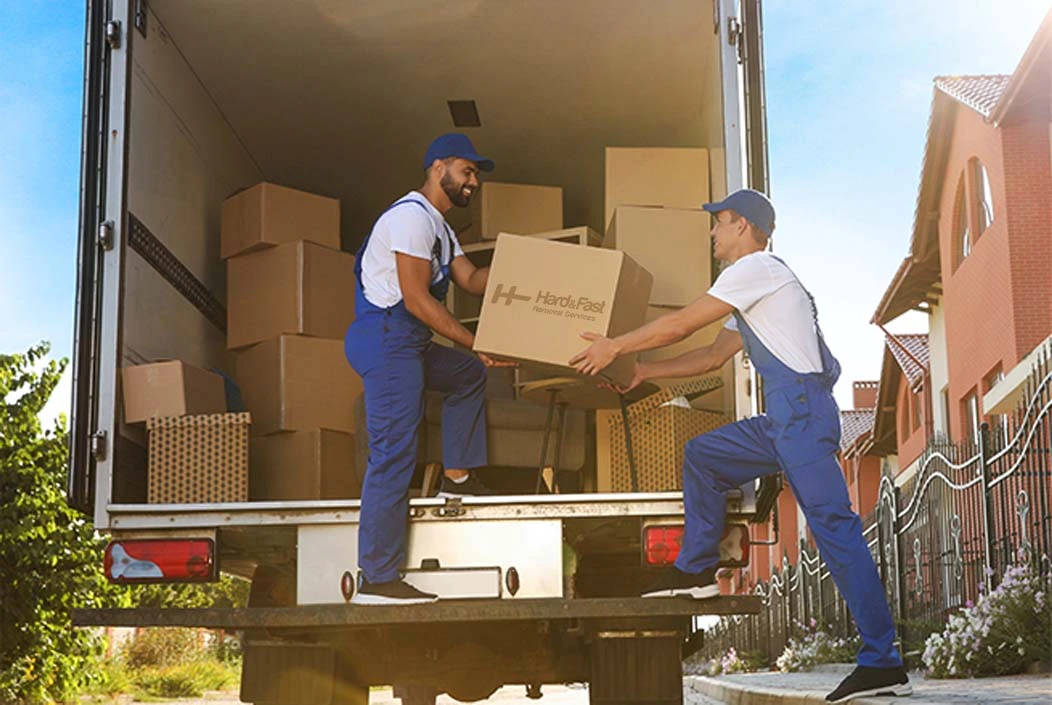
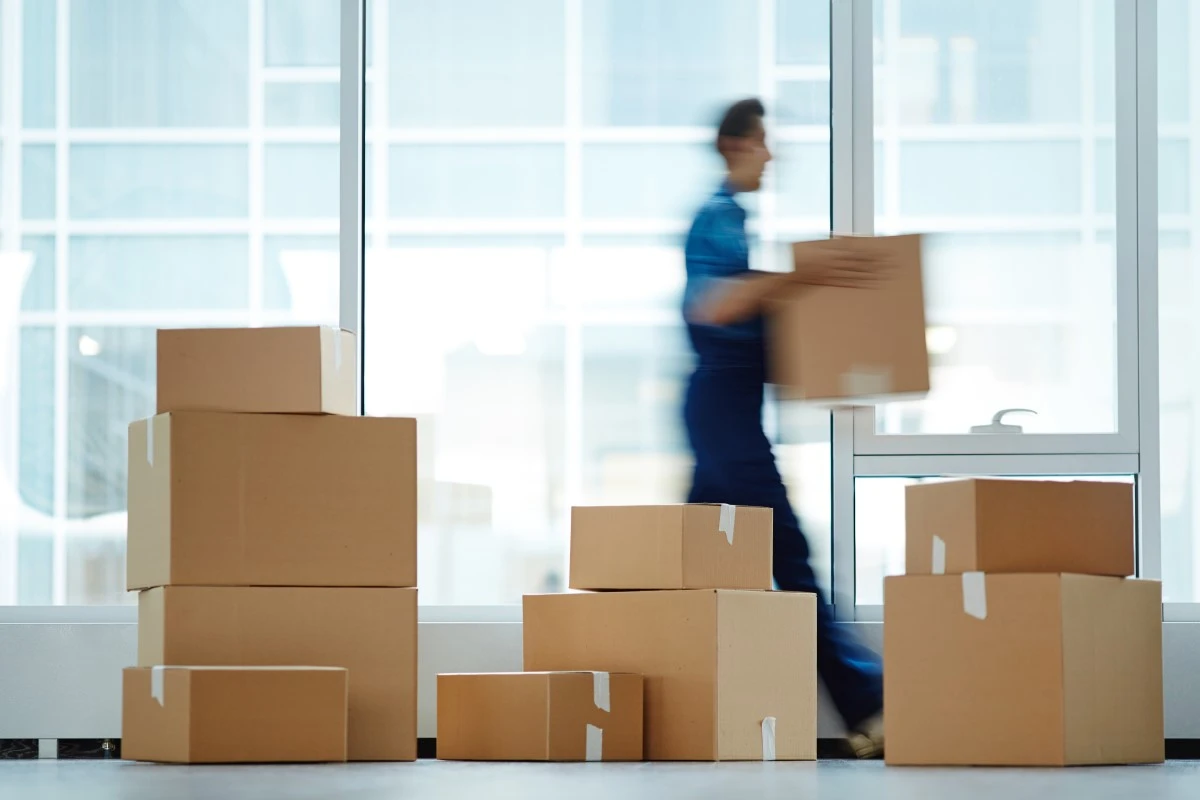
Secure Valuables:
- Gather and safely secure any valuable items, such as jewellery, important documents, or sentimental items, that you prefer to transport personally rather than including them in the moving truck. Fragile items can also be secured by giving clear instructions when the removalists arrive.
Confirm Address and Directions:
- Verify the address of your new home and ensure that you have directions or GPS coordinates readily available for the move. This will help you and the movers navigate to the correct destination smoothly.
Coordinate with Movers:
- Communicate with the removal company or movers to confirm the logistics of the move. Ensure they have all the necessary details, such as parking arrangements or specific instructions for handling certain items.
Check Weather Conditions:
- Keep an eye on the weather forecast for your moving day. Consider any necessary precautions or alternative plans to safeguard your belongings if adverse weather conditions are expected.
Take Final Walkthroughs:
- Conduct a final walkthrough of your current home, checking each room, closet, and storage space to ensure small items like electronic devices or phone chargers is left behind.
- Similarly, perform a walkthrough of your new home to ensure it is clean, accessible, and ready for arrival.
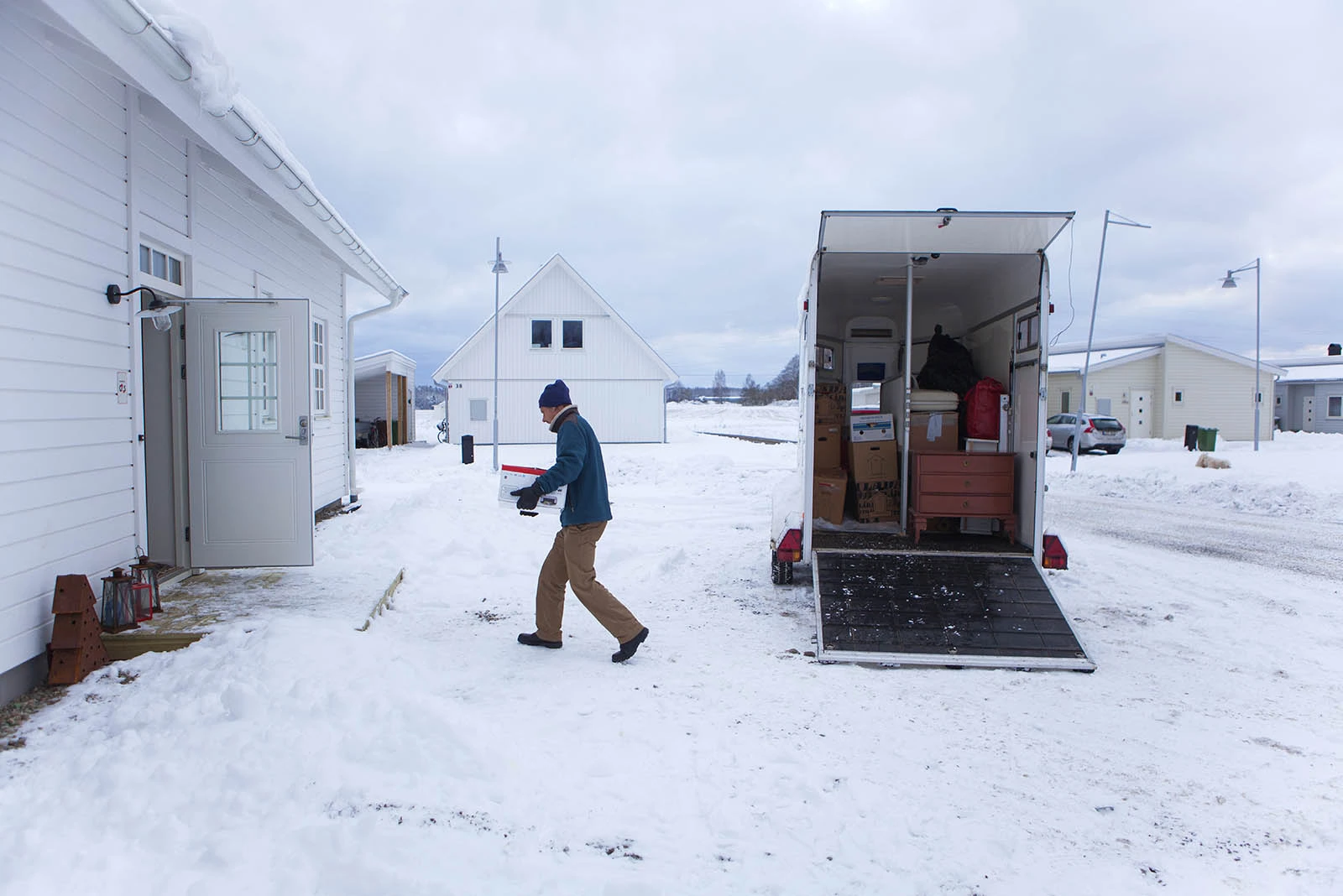

Inform the Building Manager or Landlords:
- Notify your neighbours or landlord about your move, especially if there are any restrictions or guidelines to follow. Ensure you leave your current residence in good standing in case there. is a final inspection.
Prepare Refreshments:
- If you have hired movers for big-ticket items, consider preparing some refreshments, such as water or snacks, to keep everyone hydrated and energised throughout the moving process.
By conducting a final check, you can have peace of mind knowing that you have taken care of essential tasks and are well-prepared for your move. It allows you to address any last-minute concerns or adjustments, ensuring a smooth and successful transition to your new home.
Get Ready to Move!
Now that you’re all prepared for your move, it’s time to relax and prepare for the big day. Ensure plenty of food, drinks and supplies throughout the move process. With Hard & Fast Removals at your side, sit back and enjoy a stress-free move!




